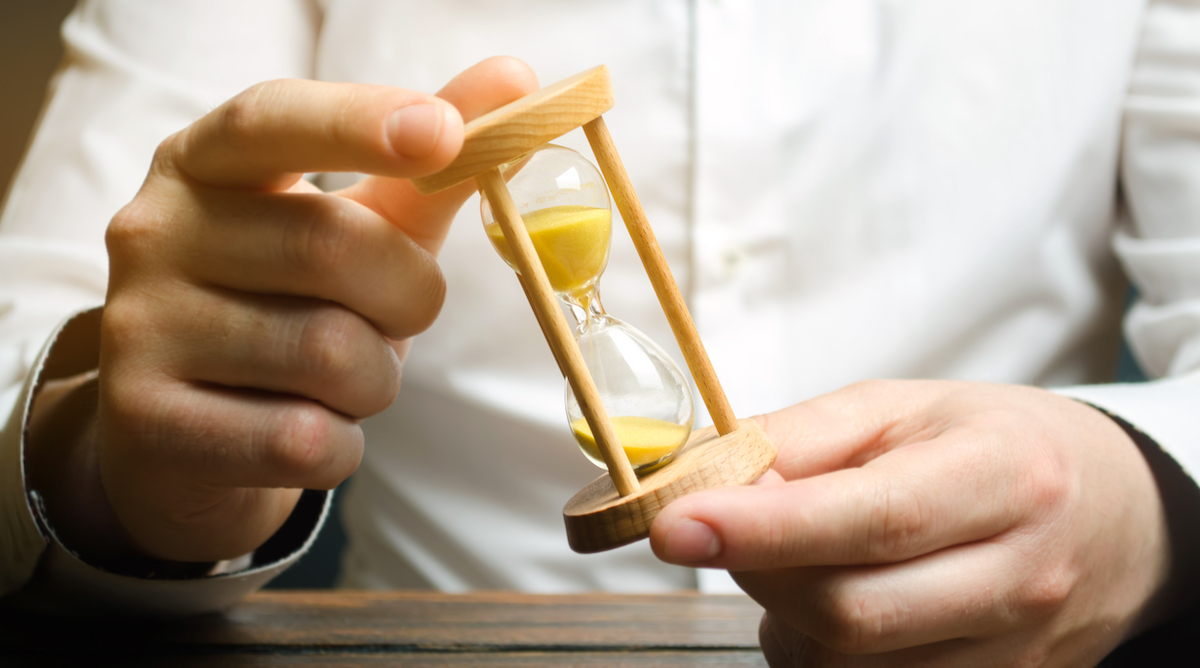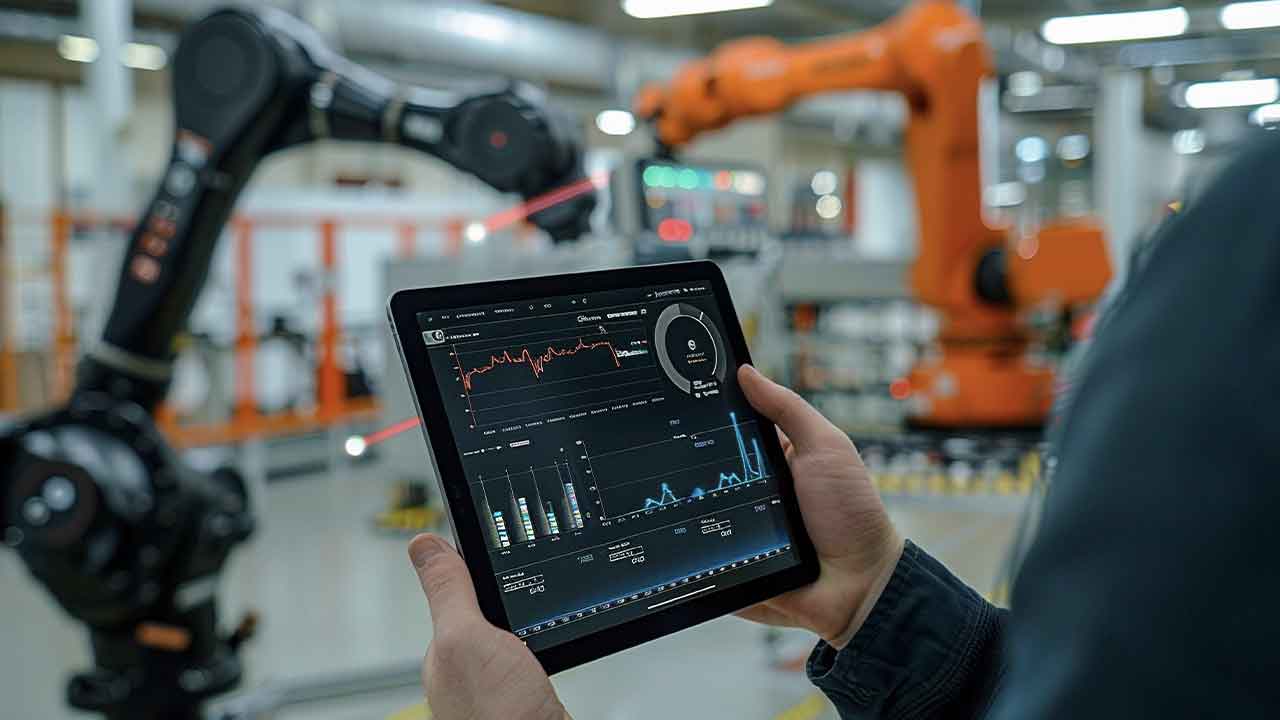How to Calculate and Reduce Cycle Time
When it comes to production environments, it’s always a question of how much can be produced, how quickly, and at what cost. At the end of the day, how efficient are we?
Cycle time is one of the best measures we can use to analyze the efficiency of a production process and allows managers to drill down to better understand how effective the a given process, operator, machine, or job run is.
What is Cycle Time?
Cycle time is the total time a production team spends on producing a single unit.
Time measurements are the backbone of a manufacturing business. And cycle time is a crucial KPI that enables companies to schedule accurately, order materials, and set production and inventory budgets.
Cycle time varies dramatically between manufacturers, due to the differences in process, the types of products being developed, and what factors they include in the measurement of a “cycle.”
Users must be clear on what is included in the time calculation, and it must be stated whether the measurement is tracking a process or unit. It must also be clear if the calculation includes wait or hold times.
For example, if the cycle time is calculated to reflect the time for machines to complete the entire set of operations for a single piece, it’s referred to as machine cycle time.
If the cycle time is calculated to reflect the load and unload time between operations, it’s known as effective cycle time.
Don’t get confused with lead time and takt time! What’s the difference between Takt Time, Cycle Time, and Lead Time?
How Do You Calculate Cycle Time?
Once the elements of the measurement are determined, the calculation is relatively straightforward. In this case, cycle time is the total production time divided by the units produced:
Ct= Pt/Pu
- Ct = Cycle time
- Pt = Net production time
- Pu = Units produced during net production time
How Do You Reduce Cycle Time?
Several steps can be taken to reduce cycle time. These are best practices in most continuous improvement initiatives and are found in Lean and Six Sigma methodologies:
Begin a Process Map
A process map manually plots the workflow of a part or finished good throughout the process and at individual workstations. Often, inefficiencies, bottlenecks, waiting time, and other problems are “baked in” from legacy procedures or manual data management. Process mapping allows teams to identify and implement improvements.
Calculate Existing Cycle Times
You can’t know where to go if you don’t know where you are. Even if the calculation is based on manual data, a rough cycle time used as a benchmark will provide the floor upon which to build. This tendency is tied to a company’s overall equipment effectiveness (OEE). In companies with manual data management, OEE is unfortunately assumed to be higher than it is.
Eliminate Waste
With a fully mapped process and an understanding of existing cycle time, improvement teams can begin to eliminate wastes that cause low cycle times. Common waste types include:
- Quality issues where defective goods aren’t caught before completion or must be reworked to first quality
- Excessive manual paperwork, “travelers,” or other error-prone documentation
- Non-value-added work
- Overproduction
- Underproduction
- WIP staging, internal material transportation, or machine layout
Deploy Standard Work Documentation
Once problems and root causes are identified and an improvement procedure is implemented, it’s essential to keep the process from varying from the new standard and impacting the cycle count.
Standard work formalizes how tasks should be performed. It may include instructions on specific operator order of tasks, motions, communication, and other standards. This documentation must be available to anyone performing a task and should be used to train new workers. This will help keep cycle time low and prevent variance.
Audit Machine Capacity
Most manufacturers have an extensive line of finished goods or parts. They may range from simple to complex. This product mix is in play each day based on customer orders, so machine capacity should be audited in absolute terms and against product complexity.
Do you have enough capacity per machine to make a schedule if it’s heavily weighted toward a large order of the most complex and time-consuming parts? Scheduling must be flexible enough to foresee this and create production schedules that optimize the machine’s capabilities against the order position.
The Drawbacks of Manual Tracking to Reduce Cycle Time
Cycle time is a valuable metric in manufacturing, and it’s critical to find a starting point to benchmark current performance and begin improvements. While these tools are important in getting started, true reduction of cycle times requires efficient data tracking, control over the process, and a high degree of organization.
Once underway, the amount of manual data management, analysis, and recording becomes overwhelming. And because these manual processes take time, they cannot be done with the frequency required to continue progress past a certain point.
Such a process is also error-prone. From simple number transposition to missing data to bias, errors can prove costly in an effort to improve cycle time. If this goes on too long, managers no longer gain the insights they need and operators feel overburdened with paperwork and forms, which may lead to higher cycle times.
Automating Data Collection to Reduce Cycle Times
MachineMetrics Machine Data Platform puts your data to work inside a powerful data-driven analytics engine that connects to equipment across the factory floor.
Data is collected to monitor and report exact task times, reasons for downtime, and other critical factors needed to reduce cycle time. By using real-time data from the source, manual recording becomes unnecessary. Actionable insights are generated to let you see the results of improvements and dive deeper to achieve continuous improvement.
MachineMetrics also delivers prescriptive and predictive insights to address waste. Because assets and machine components like spindles and sensors are connected at the point of production, quality issues can be addressed as or before they happen.
These insights also uncover trends that help you identify areas where you can make further changes, such as WIP staging, machine layout, transportation bottlenecks, and more.
MachineMetrics helps manufacturers achieve a more accurate “paperless” production environment. And once improvements are implemented, robust, configurable workflows mean that standard work is digital and at the fingertips of anyone who needs it – in much higher quality.
If you are interested in reducing cycle time to unlock capacity and improve efficiency, we may be able to help. Book some time with our team to learn the impact of a machine connectivity platform on your operation.
This article was written by Jacob Lauzier, Co-Founder and CTO at MachineMetrics, Inc. and originally it was published here.



